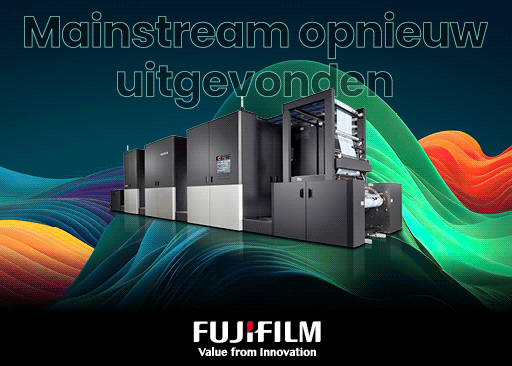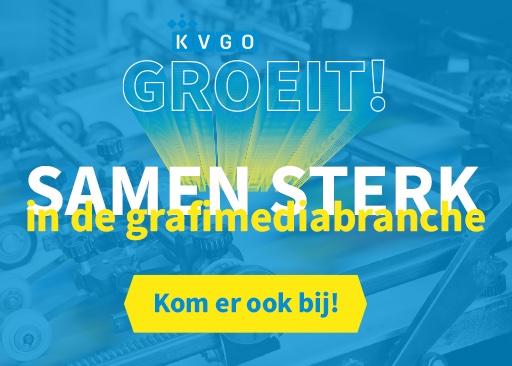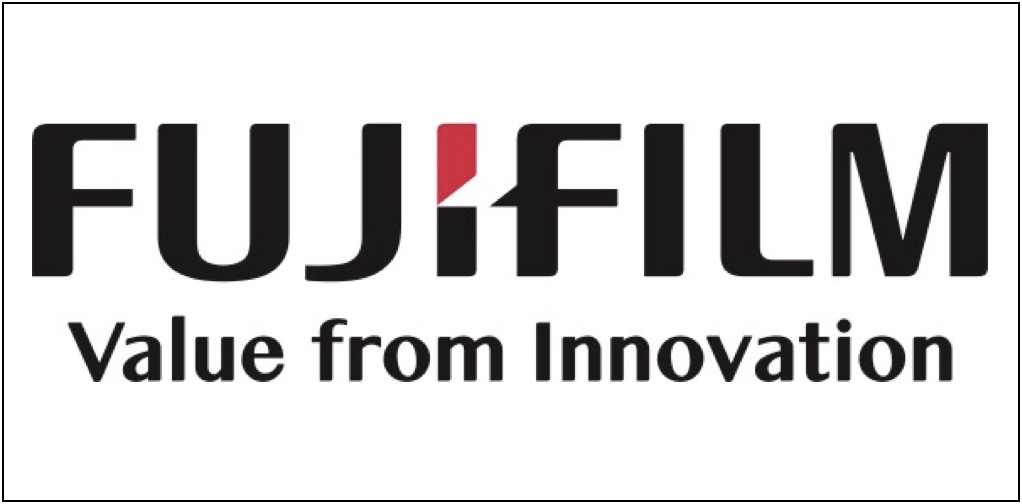Laurel Brunner: Climate scientists and carbon accountants
 Every week we get bombarded with new information about the dismal condition of the planet and its inhabitants. But sometimes we come across ideas and initiatives that are actually inspiring.
Every week we get bombarded with new information about the dismal condition of the planet and its inhabitants. But sometimes we come across ideas and initiatives that are actually inspiring.
For instance an Egyptian mathematician has told us about his formula for calculating the energy consumed when a single page is printed on an A4 toner device, either mono or in colour. The developer is an electrical engineer familiar with digital printers and mathematics. The model is interesting because it’s dependent on the page coverage rather than the power as expressed in watts. The objective appears to be to come up with new environmental criteria that can be used as part of the evaluation of a digital printer, by measuring its energy efficiency, based on page coverage. Such a calculation should make the evaluation more accurate than a straight power measurement.
The Egyptian formula calculates the total energy used to print a single page in Joules. It takes into account the time required to print 0% and 100% of a page in seconds, along with the current and how much voltage is used. The page coverage is a variable, so the formula can work for many different applications. This is an interesting concept that we will be discussing at our next ISO meeting which takes place in a few days time.
What is almost more interesting is the fact that all over the world engineers and scientists are considering how to make print’s environmental impact more accountable. It is encouraging that individuals are working on ideas that help the graphics industry improve its carbon footprint and that print buyers have a growing range of tools to inform their investment decisions.
We are still a long way from having a definitive list of environmental criteria that printers and their customers can use to do this. But we are moving in that direction and such a list will also assist manufacturers in their development planning. We can already see evidence that the environment is considered in manufacturers’ research and development. Ricoh is committed to developing machines that support the circular economy; Kodak and Agfa continue to invest in processless plate technology; and the lean and green message is slowly reaching printing company owners. They’re even starting to listen a little.
The calculation of energy efficiency is confusing and difficult, but we are starting to see innovative approaches to how it might be done. It is just a matter of time before we have models for evaluating the overall energy consumption of printing systems. The work coming out of Egypt as well as the contributors to ISO standards, is part of a much bigger picture.
Laurel Brunner
The Verdigris project is an industry initiative intended to raise awareness of print’s positive environmental impact. It provides a weekly commentary to help printing companies keep up to date with environmental standards, and how environmentally friendly business management can help improve their bottom lines. Verdigris is supported by the following companies: Agfa Graphics, Digital Dots, EFI, Fespa, Heidelberg, HP, Kodak, Ricoh, Splash PR, Unity Publishingand Xeikon.
De trainingen voor 2022 staan gereed. Kijk voor het volledige online aanbod van bestaande- en nieuwe trainingen op de website.
BLOKBOEK.COM EN PRINTMEDIANIEUWS: HET OPTIMALE DOELGROEP BEREIK






















